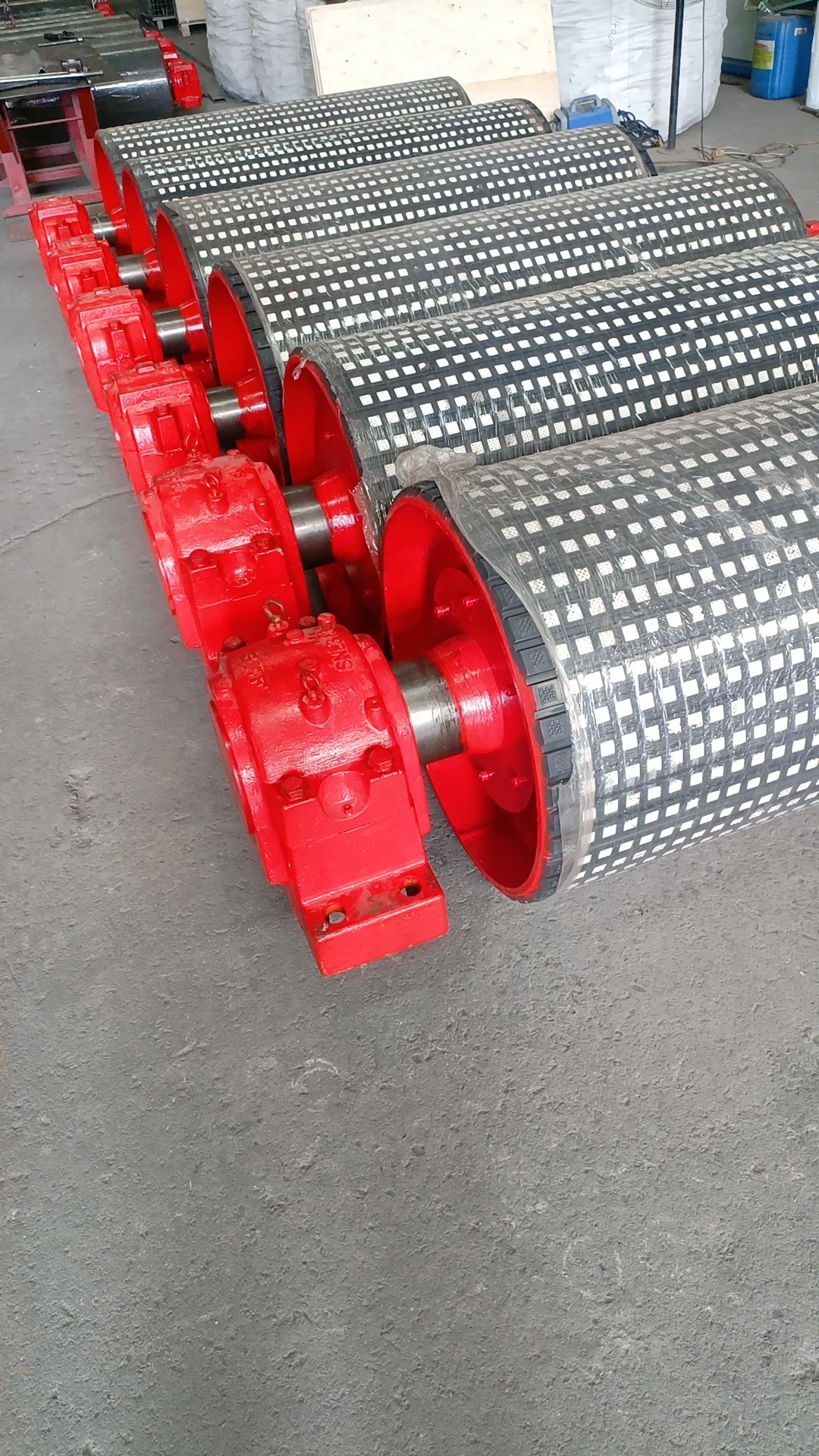 Afrikaans
Afrikaans  Albanian
Albanian  Amharic
Amharic  Arabic
Arabic  Armenian
Armenian  Azerbaijani
Azerbaijani  Basque
Basque  Belarusian
Belarusian  Bengali
Bengali  Bosnian
Bosnian  Bulgarian
Bulgarian  Catalan
Catalan  Cebuano
Cebuano  Corsican
Corsican  Croatian
Croatian  Czech
Czech  Danish
Danish  Dutch
Dutch  English
English  Esperanto
Esperanto  Estonian
Estonian  Finnish
Finnish  French
French  Frisian
Frisian  Galician
Galician  Georgian
Georgian  German
German  Greek
Greek  Gujarati
Gujarati  Haitian Creole
Haitian Creole  hausa
hausa  hawaiian
hawaiian  Hebrew
Hebrew  Hindi
Hindi  Miao
Miao  Hungarian
Hungarian  Icelandic
Icelandic  igbo
igbo  Indonesian
Indonesian  irish
irish  Italian
Italian  Japanese
Japanese  Javanese
Javanese  Kannada
Kannada  kazakh
kazakh  Khmer
Khmer  Rwandese
Rwandese  Korean
Korean  Kurdish
Kurdish  Kyrgyz
Kyrgyz  Lao
Lao  Latin
Latin  Latvian
Latvian  Lithuanian
Lithuanian  Luxembourgish
Luxembourgish  Macedonian
Macedonian  Malgashi
Malgashi  Malay
Malay  Malayalam
Malayalam  Maltese
Maltese  Maori
Maori  Marathi
Marathi  Mongolian
Mongolian  Myanmar
Myanmar  Nepali
Nepali  Norwegian
Norwegian  Norwegian
Norwegian  Occitan
Occitan  Pashto
Pashto  Persian
Persian  Polish
Polish  Portuguese
Portuguese  Punjabi
Punjabi  Romanian
Romanian  Russian
Russian  Samoan
Samoan  Scottish Gaelic
Scottish Gaelic  Serbian
Serbian  Sesotho
Sesotho  Shona
Shona  Sindhi
Sindhi  Sinhala
Sinhala  Slovak
Slovak  Slovenian
Slovenian  Somali
Somali  Spanish
Spanish  Sundanese
Sundanese  Swahili
Swahili  Swedish
Swedish  Tagalog
Tagalog  Tajik
Tajik  Tamil
Tamil  Tatar
Tatar  Telugu
Telugu  Thai
Thai  Turkish
Turkish  Turkmen
Turkmen  Ukrainian
Ukrainian  Urdu
Urdu  Uighur
Uighur  Uzbek
Uzbek  Vietnamese
Vietnamese  Welsh
Welsh  Bantu
Bantu  Yiddish
Yiddish  Yoruba
Yoruba  Zulu
Zulu rubber pulley
The Importance of Rubber Pulleys in Modern Applications
In the contemporary mechanical landscape, rubber pulleys have emerged as crucial components in a variety of industries. These components are not only vital to the functioning of systems at a mechanical level but also contribute significantly to efficiency, noise reduction, and overall system durability. From automotive applications to industrial machinery, the versatility and practical benefits of rubber pulleys set them apart in the realm of mechanical engineering.
Understanding Rubber Pulleys
A pulley system consists of a wheel or disk that is designed to support movement and change the direction of force applied by a rope, cable, or belt. Rubber pulleys are specifically designed where durability, grip, and reduced noise are essential. Unlike their metal counterparts, rubber pulleys provide a level of elasticity and resilience that makes them well-suited for applications requiring frequent movement and flexing.
The intrinsic properties of rubber—its elasticity, vibration absorption capabilities, and resistance to wear—allow rubber pulleys to outperform traditional pulleys made from harder materials. This makes them valuable in applications such as conveyor systems, lifting equipment, and drive systems, where minimizing noise and improving grip can significantly impact operational efficiency.
Applications of Rubber Pulleys
1. Automotive Industry One of the most significant applications of rubber pulleys is found in vehicles. Timing belts and serpentine belts that operate various engine components often rely on rubber pulleys. These pulleys help in transmitting power from the engine to essential functions such as power steering, water pumps, and the alternator. The rubber material not only provides better friction but also dampens vibrations that can lead to mechanical failure.
2. Industrial Machinery In manufacturing environments, rubber pulleys are commonly used in conveyor systems that transport goods and materials. The grip provided by rubber reduces slippage, ensuring that items move smoothly along the conveyor without disruptions. Furthermore, the noise-dampening characteristics of rubber are particularly beneficial in settings that require quiet operation, allowing workers to communicate easily without the background noise of machinery.
3. Fitness Equipment Rubber pulleys are also integral in the design of fitness machines. From rowing machines to resistance training devices, rubber pulleys facilitate a smooth and controlled motion. Their ability to absorb shock and reduce noise contributes to a better user experience, encouraging more effective workouts.
rubber pulley

4. Bicycle Systems In the cycling world, rubber pulleys can be found in gear shift mechanisms. They allow for smoother transitions and gear changes, making cycling more enjoyable and efficient. The cushioning effect of rubber can also protect other components from excessive wear, extending the life of the bicycle.
Advantages of Rubber Pulleys
- Noise Reduction One of the standout benefits of rubber pulleys is their ability to mitigate noise. This is particularly advantageous in environments where sound levels need to be controlled, such as offices or residential areas.
- Improved Grip Rubber provides superior friction compared to other materials, reducing the likelihood of slippage during operation. This is essential in applications where consistent speed and movement are necessary.
- Durability and Longevity The resilience of rubber means that pulleys can withstand various environmental stresses without degrading. This reduces maintenance costs and the frequency of replacements, making rubber pulleys a cost-effective choice in the long run.
- Flexibility Rubber pulleys can accommodate misalignments in systems, ensuring that even under slight variances, the system continues to function effectively without causing undue wear on other components.
Conclusion
Rubber pulleys demonstrate an impressive range of applications across different industries, providing unique benefits that enhance operational efficiency and reduce maintenance costs. As technology continues to evolve, the demand for innovative and effective solutions will only grow, ensuring that rubber pulleys will remain a significant component in the design and functionality of machinery. Their role in improving performance while reducing noise and wear makes them an excellent choice for modern mechanical systems, and their continued use signifies an exciting pathway for engineering advancements in the future.
-
Revolutionizing Conveyor Reliability with Advanced Rubber Lagging PulleysNewsJul.22,2025
-
Powering Precision and Durability with Expert Manufacturers of Conveyor ComponentsNewsJul.22,2025
-
Optimizing Conveyor Systems with Advanced Conveyor AccessoriesNewsJul.22,2025
-
Maximize Conveyor Efficiency with Quality Conveyor Idler PulleysNewsJul.22,2025
-
Future-Proof Your Conveyor System with High-Performance Polyurethane RollerNewsJul.22,2025
-
Driving Efficiency Forward with Quality Idlers and RollersNewsJul.22,2025





























